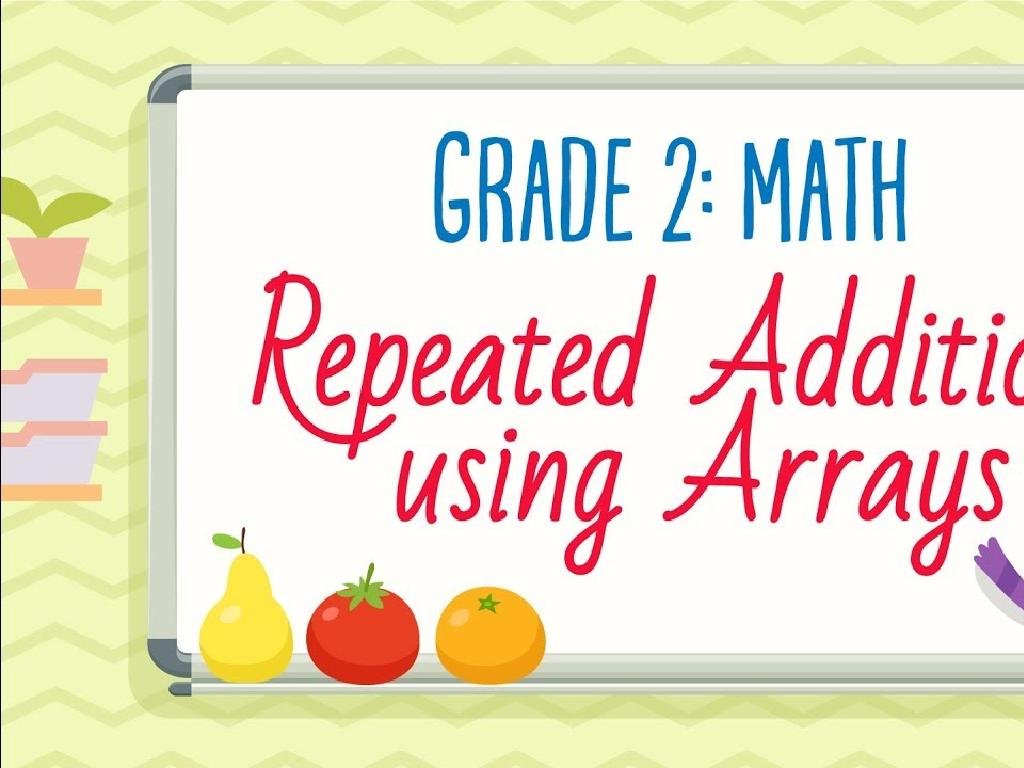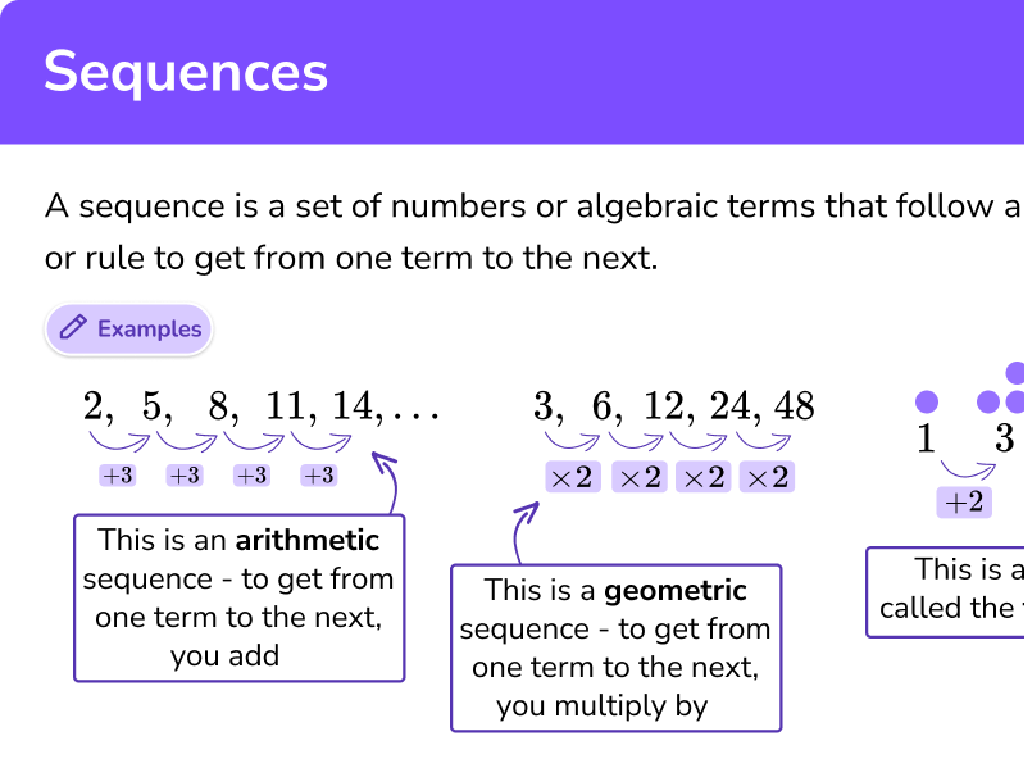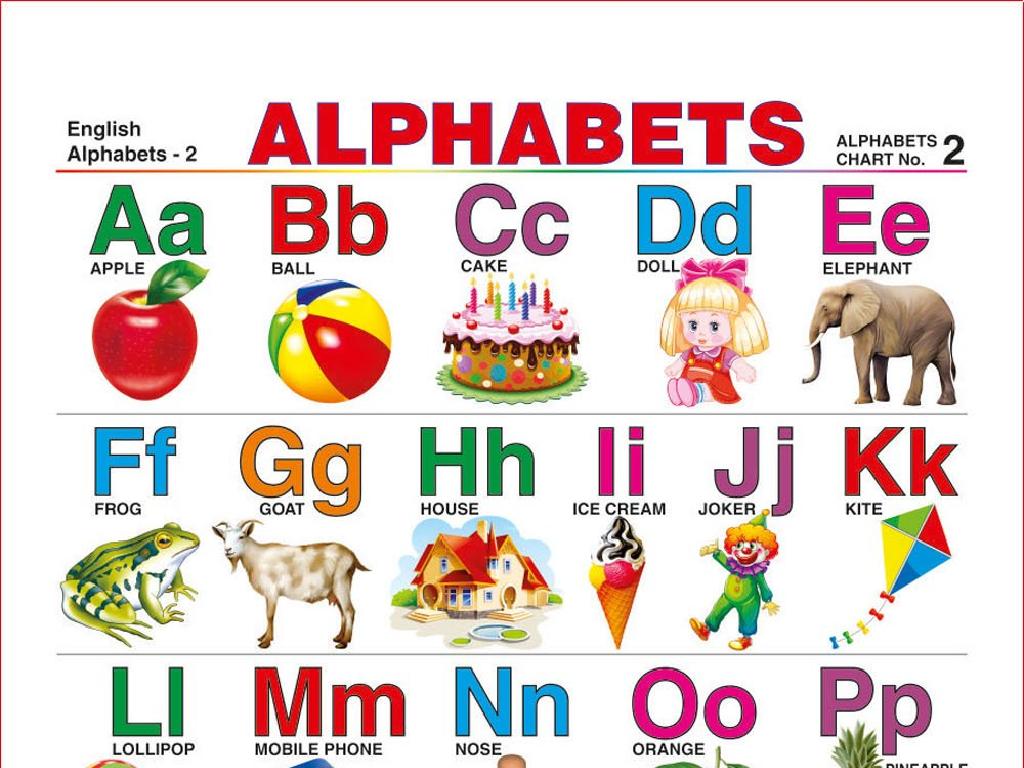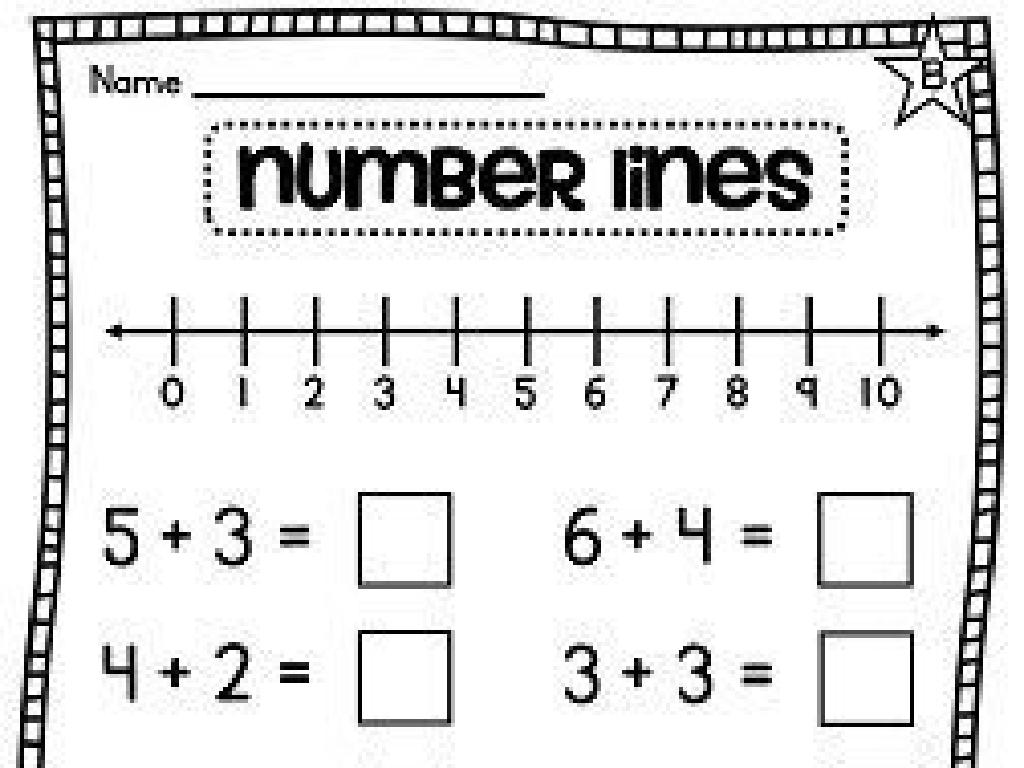Probability Of Opposite, Mutually Exclusive, And Overlapping Events
Subject: Math
Grade: Eighth grade
Topic: Probability
Please LOG IN to download the presentation. Access is available to registered users only.
View More Content
Introduction to Probability
– Define Probability
– Probability measures the likelihood of an event to occur.
– Importance of Probability
– Helps in predicting outcomes in various fields like weather, games, etc.
– Real-life Probability Examples
– Weather forecasts, game outcomes, and daily decision-making.
– Opposite & Exclusive Events
– Opposite events cannot happen at the same time, while exclusive events do not overlap.
|
This slide introduces the concept of probability, which is a measure of how likely an event is to occur. It’s important for students to understand that probability is not just a theoretical concept but is used in everyday life to make predictions and informed decisions. Examples include predicting weather patterns or the likelihood of winning a game. Emphasize the difference between opposite events (complementary) and mutually exclusive events, as understanding these concepts is crucial for solving probability problems. Engage students by discussing probability in contexts they are familiar with, such as sports, games, or even simple choices they make daily.
Types of Events in Probability
– Define probability events
– Opposite events explained
– Opposite events are complementary, like flipping heads or tails.
– Mutually exclusive events
– Mutually exclusive: cannot happen at the same time, e.g., rolling a 2 or a 5.
– Overlapping events
– Overlapping: can occur together, e.g., drawing a red card that’s also a king.
|
This slide introduces students to the foundational concepts of probability events. Begin by defining what an event in probability means – a set of outcomes to which a probability is assigned. Then, explain opposite events, also known as complementary events, which cover all possible outcomes and cannot happen at the same time, like flipping a coin to get either heads or tails. Mutually exclusive events are those that cannot occur at the same time, such as rolling a die and getting either a 2 or a 5. Overlapping events, on the other hand, can occur at the same time, such as drawing a card from a deck that can be both red and a king. Provide examples for each to solidify understanding. Encourage students to think of their own examples and to recognize these types of events in various probability scenarios.
Understanding Opposite Events in Probability
– Define opposite events
– Opposite events are mutually exclusive with only two possible outcomes.
– Calculating event & opposite probability
– The sum of probabilities of an event and its opposite is always 1.
– Coin toss: Heads vs Tails
– Flipping a coin has two outcomes: landing on heads or tails.
– Opposites add up to 1
– P(Heads) + P(Tails) = 1, showing they are opposite events.
|
This slide introduces the concept of opposite events in probability, which are events that cannot happen at the same time and have no other possible outcomes. For example, when flipping a fair coin, it can only land on heads or tails, not both. This is a classic example of opposite events. The probability of getting heads is 0.5, and so is the probability of getting tails. Since these are the only two possible outcomes and they are mutually exclusive, their probabilities add up to 1. This fundamental concept is crucial for students to understand as they explore more complex probability scenarios. Encourage students to think of other examples of opposite events and to practice calculating probabilities.
Mutually Exclusive Events in Probability
– Define Mutually Exclusive Events
– Events that cannot happen at the same time, e.g., flipping a coin to get heads or tails, not both.
– Non-overlapping event characteristics
– Mutually exclusive events have no outcomes in common, like rolling a die to get either an even or an odd number.
– Drawing suits from a card deck
– Example: The chance of drawing a heart or a club from a standard deck without replacement.
– Calculating probabilities for these events
– Use the formula P(A or B) = P(A) + P(B) for mutually exclusive events to find probabilities.
|
This slide introduces the concept of mutually exclusive events in probability, which are events that cannot occur simultaneously. Emphasize the importance of non-overlap in these events and provide clear examples, such as drawing different suits from a deck of cards, to illustrate the concept. Explain that for mutually exclusive events, the probability of either event occurring is the sum of their individual probabilities. Encourage students to think of other real-life examples and to practice calculating probabilities using the provided formula. This will help solidify their understanding of how to handle mutually exclusive events in probability.
Understanding Overlapping Events in Probability
– Define Overlapping Events
– Events that can occur at the same time
– Calculate Overlapping Probability
– Use formula P(A or B) = P(A) + P(B) – P(A and B)
– Example: Red or Face Card
– Find the probability of drawing a card that is either red or a face card
– Formula Application
|
Overlapping events in probability refer to two or more events that can happen at the same time. For example, when drawing a card from a standard deck, the card can be both red and a face card. To calculate the probability of overlapping events, students should use the formula P(A or B) = P(A) + P(B) – P(A and B). In our example, students will calculate the probability of drawing a card that is either red or a face card from a deck. This exercise will help them understand how to apply the formula and consider the overlap between two groups. Encourage students to think about other examples of overlapping events and how they might calculate those probabilities.
Calculating Probabilities: Formulas & Practice
– Understanding probability formulas
– Probability = Number of favorable outcomes / Total possible outcomes
– Practice with real-world problems
– Use examples like dice rolls or card games
– Step-by-step problem-solving
– Break down problems into smaller, manageable steps
– Applying formulas to calculate
– Practice by calculating the probability of drawing a red card from a deck
|
This slide aims to equip students with the knowledge to calculate probabilities using standard formulas. Begin by explaining the basic probability formula and emphasize that probability is always between 0 and 1. Provide practice problems that students might encounter in real life, such as the likelihood of rolling a certain number on a dice or drawing a specific card from a deck. Walk through these problems step-by-step to demonstrate the problem-solving process. Encourage students to apply the formulas to new situations to solidify their understanding. As an activity, students can perform probability experiments in pairs or small groups to calculate and compare theoretical probabilities with experimental results.
Class Activity: Exploring Probability with Dice & Coins
– Conduct a probability experiment
– Record all possible outcomes
– List outcomes from dice rolls and coin flips
– Discuss findings in groups
– Talk about the results and what they mean
– Share observations with the class
– How do these results show probability in action?
|
This activity is designed to give students hands-on experience with probability. Provide each group with a pair of dice and a coin. Students will roll the dice and flip the coin multiple times, recording the outcomes each time. They should note the frequency of each outcome to understand the concept of probability. After the experiment, students will discuss their findings in groups, comparing expected versus observed outcomes. Encourage them to consider the concepts of opposite, mutually exclusive, and overlapping events. Finally, each group will share their observations with the class, facilitating a deeper understanding of probability through practical experience.
Wrapping Up: Probability Concepts
– Recap: Opposite Events
– Opposite events are complementary with a total probability of 1.
– Recap: Mutually Exclusive Events
– Mutually exclusive events cannot happen at the same time.
– Recap: Overlapping Events
– Overlapping events can occur together; they are not exclusive.
– Open Q&A Session
|
This slide aims to summarize the key concepts covered in the lesson on probability. Start by recapping opposite events, emphasizing that they are complementary and their probabilities add up to 1. Then, review mutually exclusive events, highlighting that they cannot occur simultaneously, and provide examples such as flipping a coin (it cannot be both heads and tails at the same time). Next, explain overlapping events, which can happen at the same time, like drawing a red card that is also a king from a deck of cards. Conclude the presentation by opening the floor for an interactive Q&A session, encouraging students to ask questions or seek clarification on any of the probability concepts discussed. This will help ensure that students have a solid understanding before moving on to more complex probability topics.





